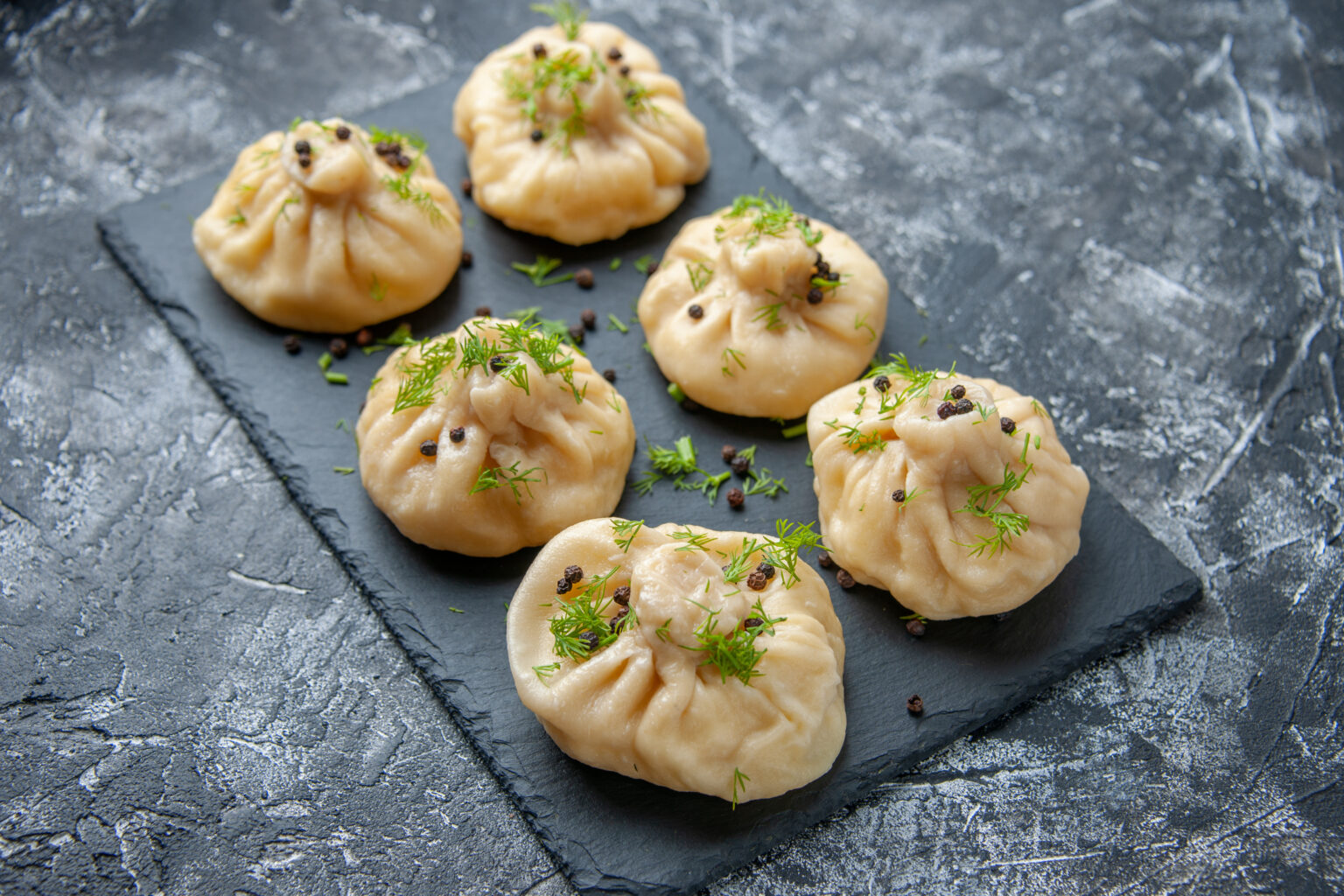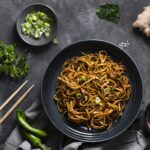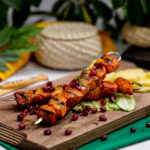Buuz, a pop in of steamed dumpling, is an integral part of Mongolian cuisine.
Similar to buuz, khuushuur is a popular Mongolian dish consisting of deep-fried meat-filled pastries.
Khuushuur is often enjoyed during festivals and social gatherings.

Tsuivan is a traditional Mongolian noodle dish that combines thick handmade noodles with stir-fried meat and vegetables.
Tsuivan exemplifies the simplicity and practicality of Mongolian cuisine.
Boodog is a unique Mongolian culinary experience.

The animal is cooked over an open fire, resulting in tender and flavorful meat.
Boodog is a special dish often enjoyed during festive occasions and showcases the nomadic traditions of Mongolia.
Khorkhog is a traditional Mongolian barbecue that showcases the countrys affinity for meat.

Chunks of mutton are cooked with hot stones in a metal container, along with vegetables and spices.
The stones create steam, which cooks the meat to perfection, resulting in succulent and flavorful bites.
Bansh are small, steamed dumplings similar to buuz, but with a slightly different shape.
They are typically filled with minced meat, onions, and spices, and served with a dipping sauce.
Bansh is a popular street food in Mongolia and is often enjoyed as a quick and delicious snack.
Boortsog is a traditional Mongolian pastry that is widely enjoyed as a snack or dessert.
These deep-fried dough cookies have a distinct shape, usually resembling a twisted knot or small squares.
Aaruul is a traditional Mongolian dairy product made from curdled milk.
It is typically prepared by drying yogurt or cheese and then forming it into small, chewy pieces.
Guriltai Shul, or noodle soup, is a popular and comforting dish in Mongolian cuisine.
The soup consists of handmade noodles, meat (often mutton), and a variety of vegetables.
Guriltai Shul is a hearty and warming meal, especially during the cold winter months.
Airag, also known as kumis, is a traditional Mongolian beverage made from fermented mares milk.
It has a slightly sour taste and a low alcohol content.
Mongolian cuisine is deeply intertwined with the countrys nomadic heritage and the demands of its rugged landscapes.
Exploring these flavors allows one to appreciate the simplicity, practicality, and rich cultural traditions of Mongolian cuisine.